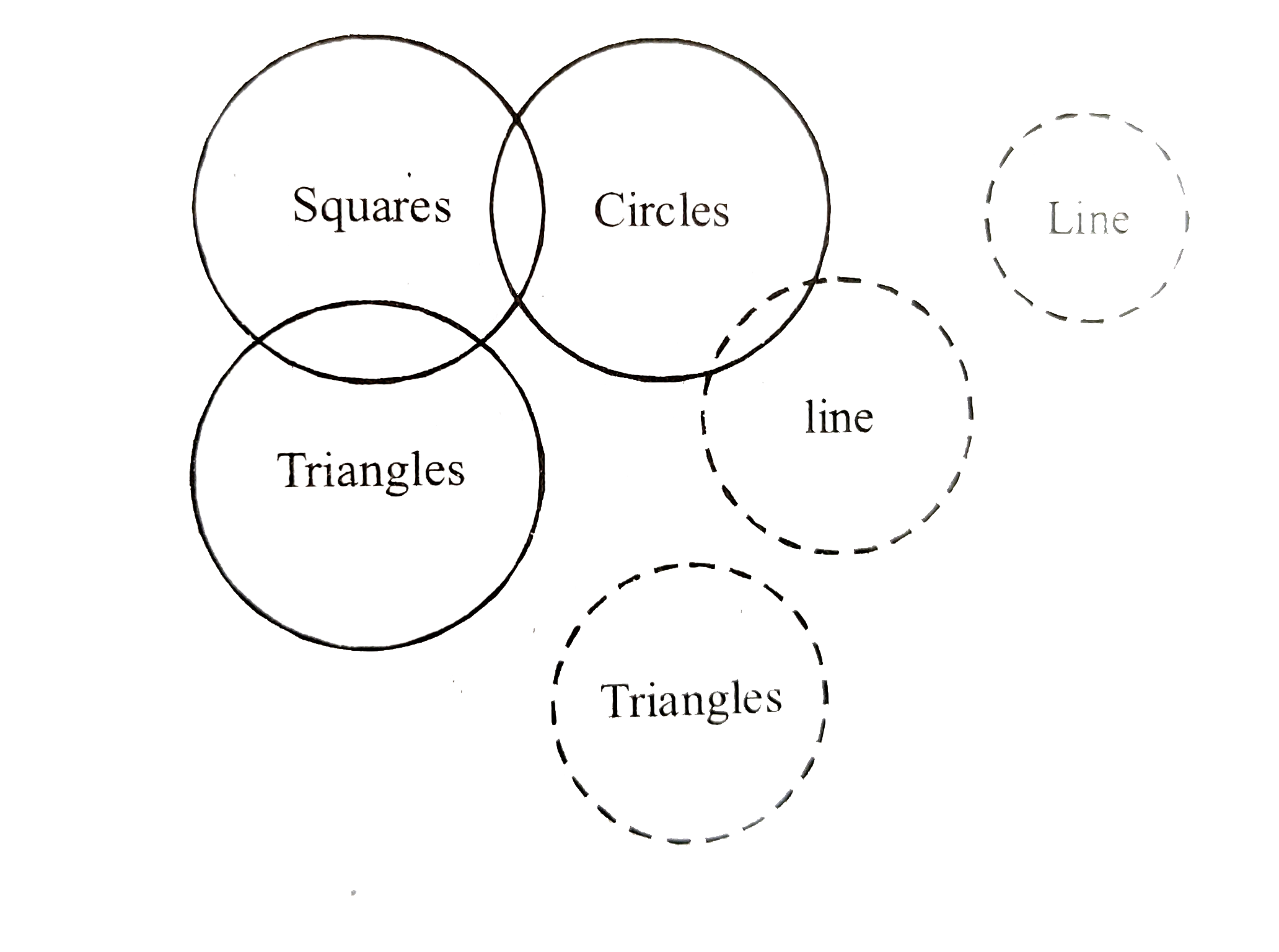Statements: Some squres are circles
No circles is a triangle.
No line is a square .
Conclusions: I. All squres can never be triangles
II. Some lines are circles
If only conclusion I follows
If only conclusion II follows
If either conclusion I or conclusion II follows
if neither conclusion I nor conclusion II follows
The correct Answer is:A

conclusion I -true
II- false
Topper's Solved these Questions
Similar Questions
In given questions, two statements are given followed by two conclusions numbered I and II. You have to take the given statements to be true even if they seem to be at variance from the commonly known facts and then decide which of the given conclusions logically follow from the given statements disregarding commonly known facts,
Give answers:
(A) If only conclusion I follows
(B) If only conclusion II follows
(C) If only I or II follows
(D) If neither I nor II follows
(E) If both I and II follow
Statements: All squares are circles.
No circles is a triangle.
Conclusions: I. No square is a triangle.
II. All circles are squares.
View SolutionStatements:- No squares are rectangles. All rectangles are triangles.
Conclusions:- I. Some triangles are squares. II. Some triangles are rectangles.
View Solution
Knowledge Check
In each of the questions below. Two/three statements are given followed by conclusions/group of conclusions numbered and II. You have to assume all the statements to be true even if they seem to be at variance from the commonly known facts and then decide which of the given two conclusions logically follows from the information given in the statements.
Statements
A. Some squares are circles.
B. No circle is a triangle.
C. No line is a square.
Conclusions
I. All sqares can never be triangles.
II. Some lines are circles.Aa) if only Conclusion I followsBb) if only Conclusion II followsCc) it either I or II followsDd) if neither I nor II followsStatements: Some squres are circles
No circles is a triangle.
No line is a square .
Conclusions: I. No triangle is a square
II. No line is a circleAIf only conclusion I followsBIf only conclusion II followsCIf either conclusion I or conclusion II followsDif neither conclusion I nor conclusion II followsStatements: Some squares are parallelogram. No parallelograme is a triangle. No rhombus is a square
Conclusions: (I) All squres can never be triangle
(II) Some rhombus are parallelogrameAIf only conclusion I followsBIf only conclusion II followsCIf either conclusion I or conclusion II followsDif neither conclusion I nor conclusion II follows
Statements: Some rings are cicles.
No circle is a square
Conclusions: I. No ring is a squre
II. All rings are squres
View SolutionStatements:-
Some squares are circles.
No circle is a triangle.
Conclusions:-
I. some triangle is a square
II. No triangle is a square
View SolutionStatements:
Some desks are chairs
Some chairs are seats
No seat is a table
Conclusions:
I. All desks can never be tables
II. Some chairs are definitely not tables
View SolutionStatements: All squares are circles. No circle is cone. Some cones are spheres. Some rectangle are circles
Conclusions:
I. All rectangles being cones is a possibility
II. All rectangle being sphere is a possibility
View SolutionStatements:
All rings are circles
All squares are rings.
No.ellipse is a circle.
Conclusions: I. Some rings being ellipse is a possibility.
II. At least some circles are squres.
View Solution
